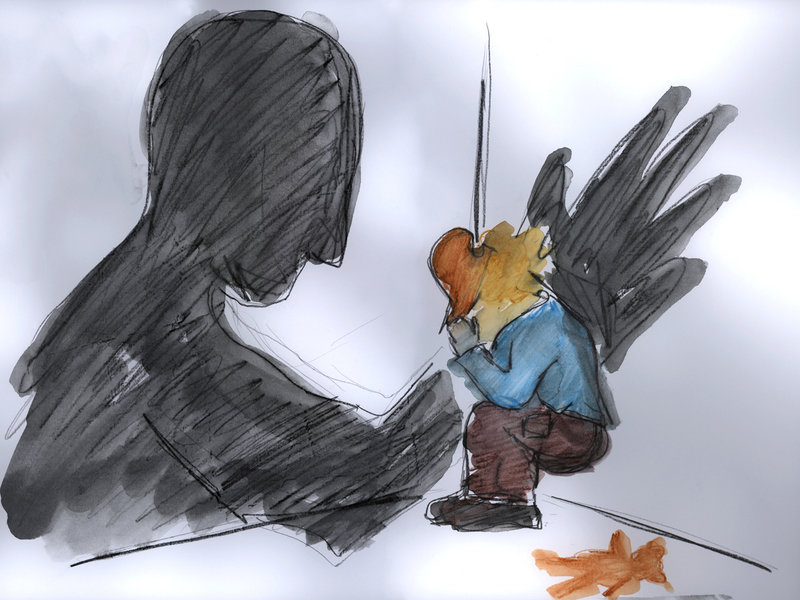
Furthermore, these studies have typically included only the specific childhood PTEs of physical abuse and neglect (eg, reference ). In these studies, PTSD was assessed, regardless of whether the PTSD-related trauma was the first PTE experienced or a subsequent PTE.

Large community-based studies have shown that most of the population reports exposure to PTEs during their lifetime, and that PTSD is a highly prevalent disorder and lifetime rape is the most likely PTE to be associated with PTSD.
#CHILDHOOD TRAUMA IN ADULTS MANUAL#
Īnother body of research has focused more specifically on PTSD, the disorder that has been identified in the Diagnostic of Statistical Manual of Mental Disorders ( DSM) that develops after exposure to trauma.

Death of a friend has been found to be related to depression, PTSD, and substance abuse/dependence in a representative sample of adolescents. In a national sample of adolescents, those who were physically abused, sexually abused, or had witnessed violence had increased risk for current substance use disorders and PTSD. In a national sample of adult women, women with a history of serious physical assault in childhood experienced more lifetime and current episodes of depression, posttraumatic stress disorder (PTSD), and substance abuse compared with women reporting no such victimization. Other forms of childhood PTEs have been less well studied. There is little evidence of diagnostic specificity of childhood sexual abuse, although a consistent finding has been that alcohol and drug disorders are more strongly related to childhood sexual abuse than psychiatric disorders.
#CHILDHOOD TRAUMA IN ADULTS SERIES#
A series of epidemiologic studies has demonstrated that childhood sexual abuse is associated with a range of psychiatric disorders in adulthood that includes mood, anxiety, and substance use disorders (eg, references ), even after adjusting for possible confounds, such as familial factors and parental psychopathologic disorders or other childhood adversities. Our findings suggest that specific disorders are linked to interpersonal trauma and PTEs that occur in childhood rather than later in life.Ī growing literature strongly suggests that early exposure to potentially traumatic events (PTEs) disrupts crucial normal stages of childhood development and predisposes children to subsequent psychiatric sequelae. Childhood interpersonal trauma compared with interpersonal trauma in adulthood was significantly associated with lifetime panic disorder, agoraphobia, and posttraumatic stress disorder. A PTE with childhood onset relative to adult onset was related to lifetime panic disorder, independent of the number of lifetime and demographic differences between the 2 groups.

The study found that exposure to a lifetime PTE was associated with a higher probability of psychiatric morbidity than no PTE exposure. The Diagnostic of Statistical Manual of Mental Disorders, Revised Third Edition ( DSM-III-R), posttraumatic stress disorder, and antisocial personality disorder modules from the Diagnostic Interview Schedule and modules for a range of DSM-III-R diagnoses from the Composite International Diagnostic Interview were administered to 2390 Chileans.

This study compared the prevalence rates of various psychiatric disorders in persons with first onset of a potentially traumatic event (PTE) in childhood, persons with first onset of a PTE in adulthood, and those with no history of a PTE in a representative sample of Chileans.


 0 kommentar(er)
0 kommentar(er)
